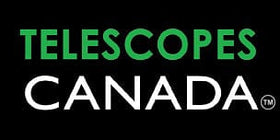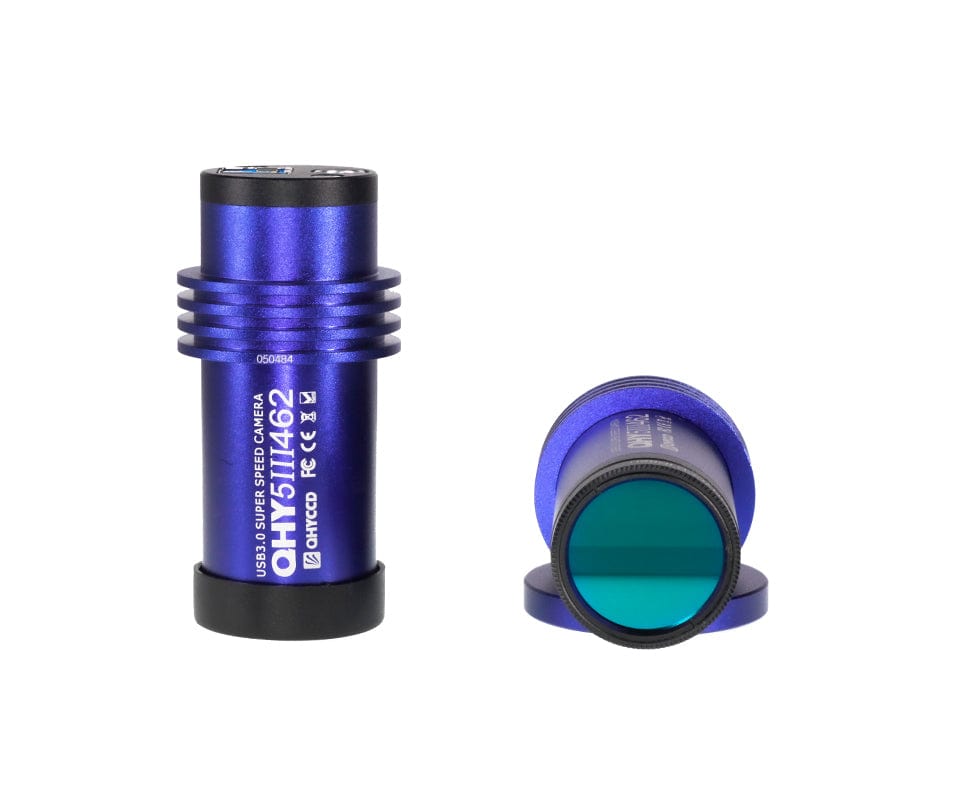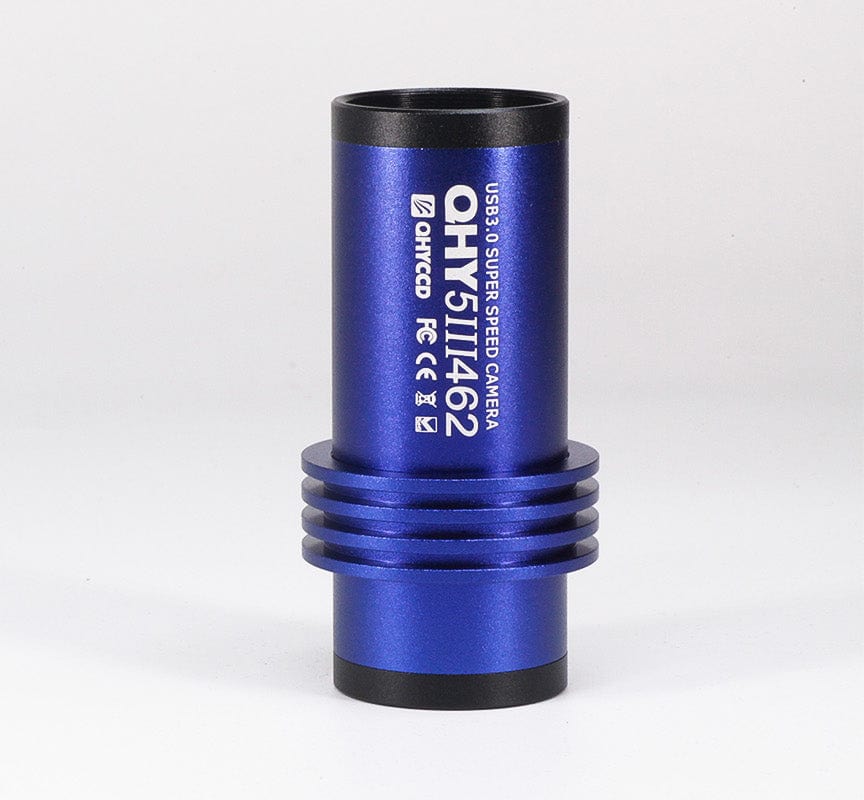Description
The First Affordable Near Infrared Camera for Amateur Astronomy
The QHY5III462C pixel size and array is essentially the same as the popular QHY5III290 camera but the new QHY5III462 model offers two very significant improvements over its predecessor: Extended NIR QE (with NIR monochrome imaging capability) and sHCG or Super High Conversion Gain.
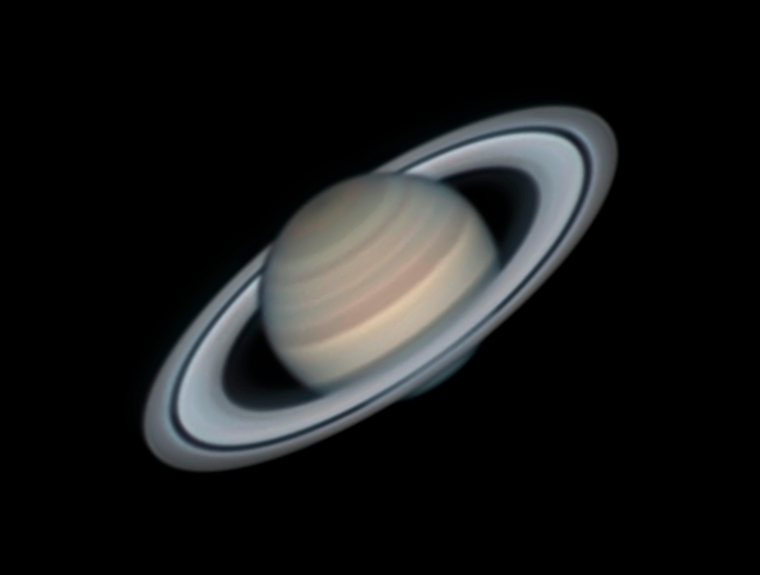
By Jarrett Trezzo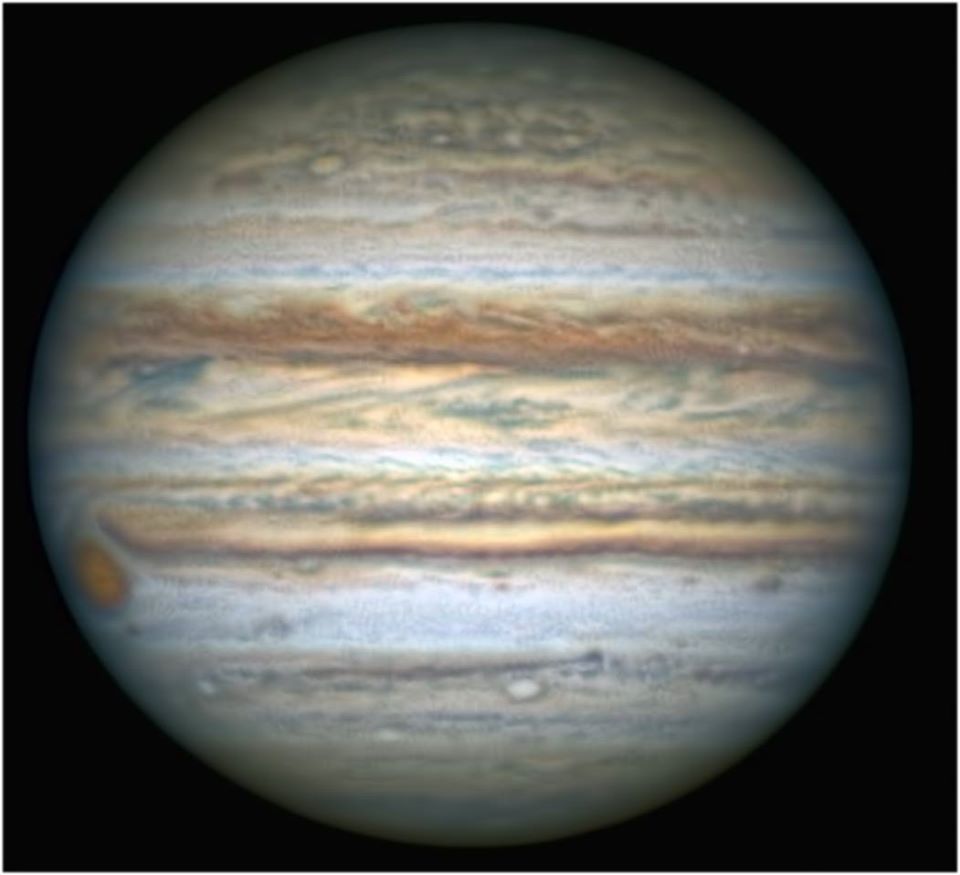
By Christopher Go
Extended Red and Near Infrared Sensitivity
The IMX462 sensor is the newest "6th Generation" sensor from Sony. With each successive generation, Sony has made significant improvements in sensor sensitivity. In the 6th generation of sensors, back-illuminated technology is enhanced with physically deeper photo sites allowing the capture of longer wavelength photons in the red and near infrared portion of the spectrum. The back-illuminated structure of the pixel also allows more photons, include these longer wavelength photons, to be captures in less time. This greatly improves the sensitivity of the pixel to near infrared in the 800 - 1000nm range which is approximately doubled when compared to cameras using the back-illuminated 290 sensor.
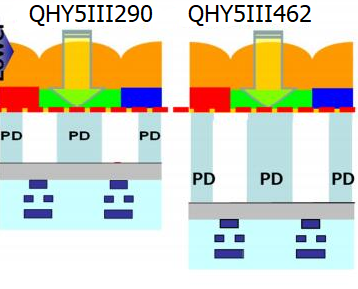
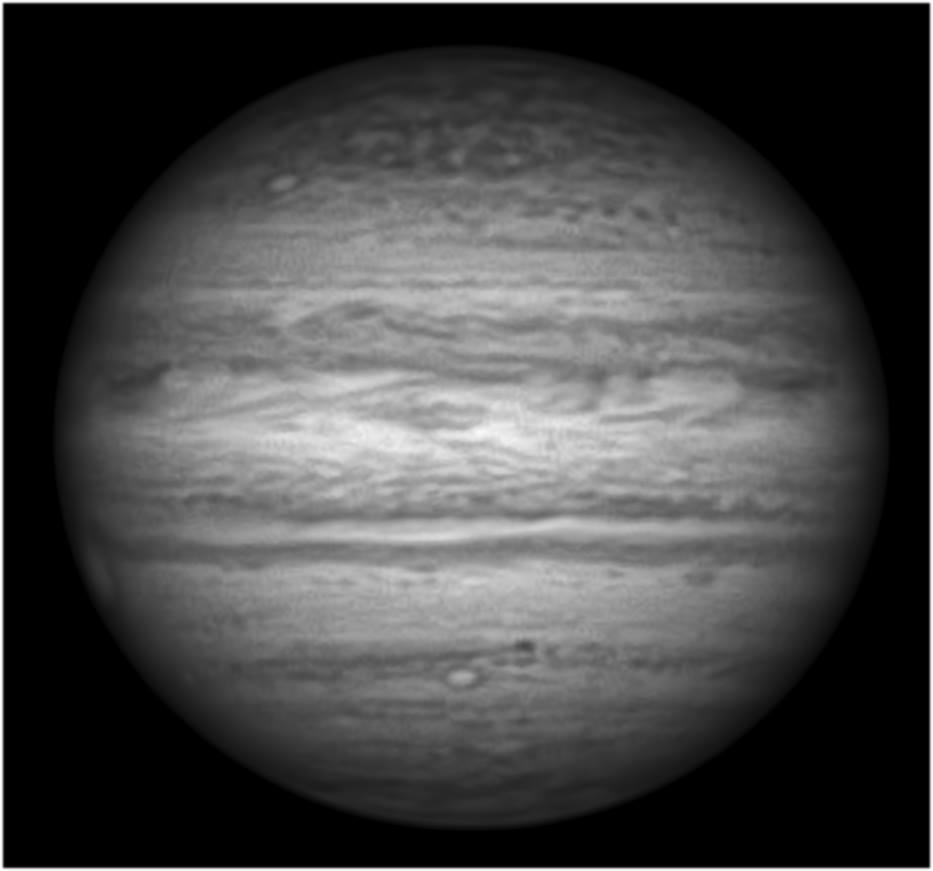
By Christopher Go, with QHY5III462C+IR850 Filter
sHCG Mode (Super High Conversion Gain)
The QHY5III462C has "Super High Conversion Gain" capability. By using a lower capacitance, a small amount of charge can be converted to a high voltage resulting in higher sensitivity in low-light conditions. The readout noise of the QHY5III462C is as low as 0.5e-. The following pictures demonstrate the low light improvement over the 290 sensor. The QHY5III462C image is on the left and the QHY5III290C image on the right. The low light conditions and exposures are identical for each image. This image shows the QHY5III462C has higher sensitivity and SNR than the QHY5III290C in the same conditions.cameras:
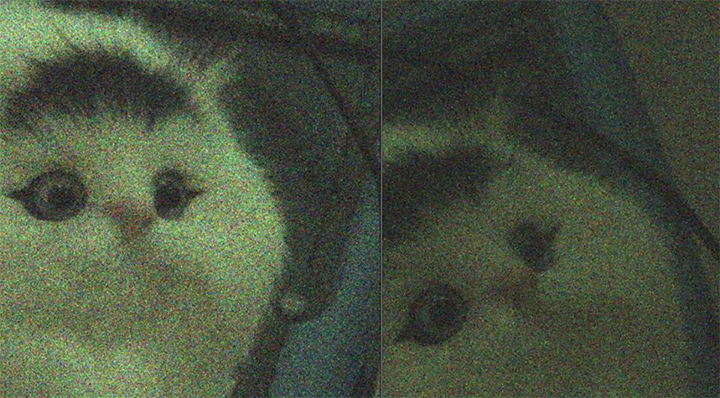
The filter matrix in the IMX462 uses organic dye filters. These filters are very efficient at visible wavelengths but become completely transparent in the NIR. For this reason, good RGB color balance requires an external UV/IR filter that blocks NIR wavelengths. Many color cameras build this UV/IR filter into the camera or optical window for normal color imaging. However, in order to fully exploit the capabilities of the 462C sensor, in the QHY5III462C camera we leave this blocking out of the permanent optical path and instead supply a removable external UV/IR filter for normal RGB color imaging. We also provide an external screw-in IR850 filter that blocks visible light and passed wavelengths longer than 850nm where the RGB filters are otherwise transparent, making the QHY5III462C a dual purpose camera.
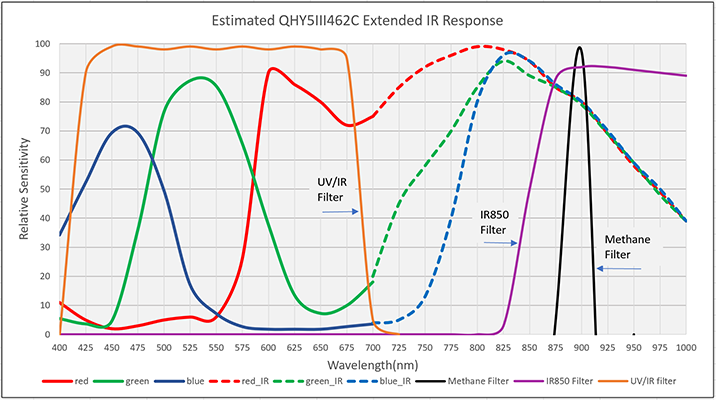

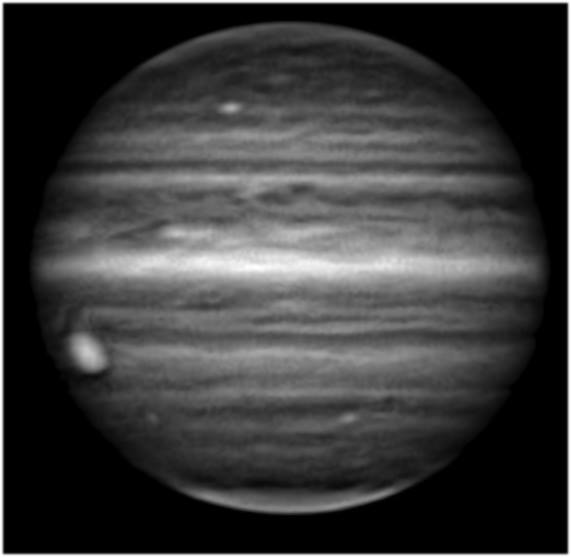
Planetary and Lunar Imaging
Planets such as Jupiter, Saturn, Uranus, and Neptune are rich in methane and planetary imagers often use a methane filter that has a passband around 890nm to image distribution in the atmospheres of these planets. With a peak QE around 800nm the QHY5III462C camera is ideal for capturing methane wavelengths while blocking virtually all local light pollution from homes, streetlights, airports, etc. Also, the earth's atmosphere has higher transparency in the NIR making sharper lunar details easier to obtain. Many mineral components on the lunar surface have different absorption spectrum characteristics in the visible and near infrared bands. By using filters of different wavebands for shooting, color multispectral lunar photography and lunar "prospecting" can be achieved.
ONAG on-axis infrared guide star ONAG guide star device can separate visible light and near infrared light. Visible light is used for deep space photography, and near infrared light is used for guiding stars. The guide star can be realized at any position in the full field of view. QHY5III462C's excellent near infrared sensitivity makes it the best partner of ONAG
The QHY5III462C uses Sony's latest generation IMX462 back-illuminated sensor with extended red and near infrared response. It has nearly double the red and NIR sensitivity as previous generation BSI sensors and even greater sensitivity compared to front illuminated sensors. Because the RGB filters become transparent at NIR wavelengths, the camera captures RGB color images in visible light and monochrome images in NIR.
Sony's new sHCG (Super High Conversion Gain) technology produces a higher voltage from fewer photons resulting in greater sensitivity even at very low levels of light. With sHCG technology, even in visible light, the QHY5III462C has higher sensitivity than the back-illuminated IMX290 based cameras.
To produce the highest detail with the greatest dynamic range, many planetary imagers prefer to capture hundreds or thousands of images in as short a time as possible and then process the results into one final combined image. This requires high sensitivity for short exposures and low read noise for combining multiple images. The QHY5III462C will output 135 frames per second at full resolution. With its exceptionally high QE and extraordinarily low (0.5e-) read noise, it is the perfect camera for planetary imaging.
The QHY5III462C comes with two free 1.25-inch filters. The IR850 filter is a long wavelength pass filter that allows wavelengths > 850nm to pass through. The UV/IR filter passes visible light and blocks the NIR. With these two filters you can capture both RGB color images and NIR monochrome images with the same camera. At NIR wavelengths, the RGB filters become transparent and the camera behaves like a monochrome IR camera.
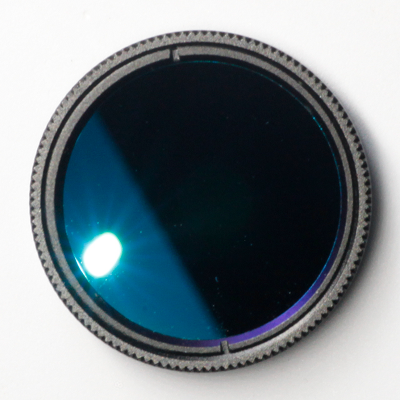
-
Mutiple Filters
Each QHY5III462C provides both IR/Cut filter and IR850 filter.
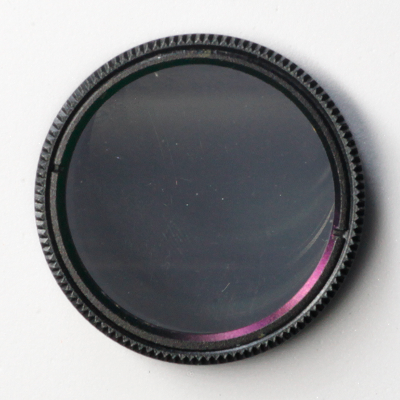
-
Back-Illuminated
BSI Sensor guarantees high QE.
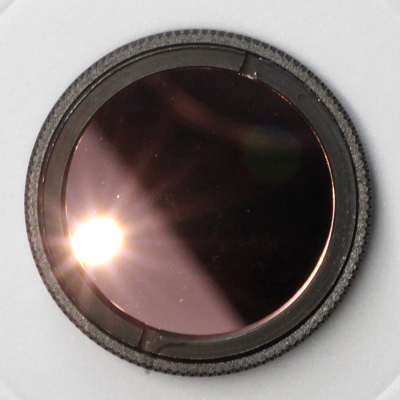
-
CH4 filter Combo
QHY provides an extra combo--QHY462C+CH4 filter which is special for Jupiter/Saturn Photography.
Specifications
|
QHY5III462C CAMERA SPECIFICATION
|
|
| Model | QHY5III462C (Color and Enhanced Near Infrared) |
| CMOS Sensor | SONY IMX462 CMOS |
| Pixel Size | 2.9um x 2.9um |
|
Effective Pixel Area
|
1920 x 1080
|
|
Effective Pixels
|
2 Megapixels |
|
Fullwell
|
12000e-
|
| Readout Noise | 0.5e- |
|
AD Sample Depth
|
12-bit (output as 16-bit and 8-bit)
|
|
Sensor Size
|
Typical 1/2.8 inch
|
| Full Frame Rate | Full Resolution 135 FPS@8-bits (USB3.0 Port) |
| ROI Frame Rate |
Higher rates at selected fields of interest (Supports any region ROI)
|
| Exposure Time Range | 7us-900sec |
| Shutter Type | Electronic Rolling Shutter |
| Computer Interface | USB3.0 |
| Guide Port | Yes |
|
Telescope Interface
|
1.25-inch
|
| Optic Window Type |
Changeable 1.25-inch filter as optical window (Includes free 1.25-inch UV/IR cut filter and free 1.25-inch IR850 filter) |
|
Back Focal Length
|
(see setup combination table below)
|
|
Weigth
|
88g
|
|
Reference Price
|
USD299 (includes free 1.25inch IR cut filter and free 1.25inch IR850 filter)
|
